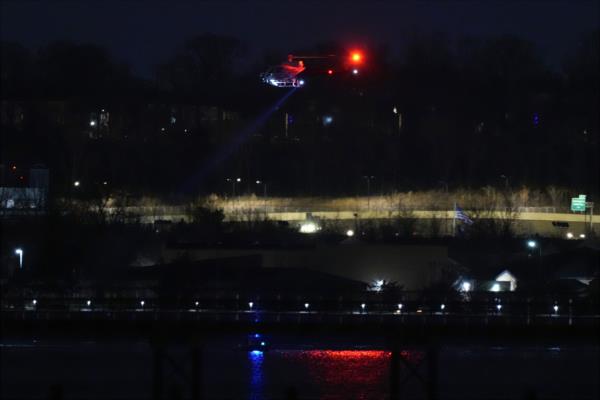
Further information has come to light regarding the tragic collision between a military helicopter and a commercial passenger jet near Reagan National Airport. Concerns have been raised about the flight path of the aircraft and staffing levels involved in the incident.
Key Points:
- The Black Hawk helicopter may have deviated from its approved flight path, which required it to maintain an altitude of no more than 200 feet. Reports suggest that the helicopter was possibly half a mile off its designated route, with only a 350-foot margin separating it from the commercial jet.
- Questions have been raised about the staffing of the helicopter, with concerns that the crew of three on board may have been insufficient for the crowded airspace around Reagan National. A former Black Hawk pilot highlighted the importance of having adequate crew members for visibility and safety.
- During the time of the collision, one air traffic controller was handling the coordination of both local plane and helicopter traffic at Reagan National. While controllers are trained to manage multiple positions, the workload during busy periods can pose challenges.
- Incident reports from the past three years revealed two instances where passenger planes had to take evasive action to avoid helicopters during approach to Reagan National. In one case, the Traffic Collision Avoidance System alerted pilots to the presence of the other aircraft.
- In a separate incident involving two helicopters, an air traffic controller noted staffing shortages in the tower, indicating potential challenges in managing air traffic effectively.



The investigation into the collision continues as authorities seek to understand the factors that contributed to this tragic event. Efforts are being made to address concerns regarding flight paths, staffing levels, and air traffic management to prevent similar incidents in the future.







